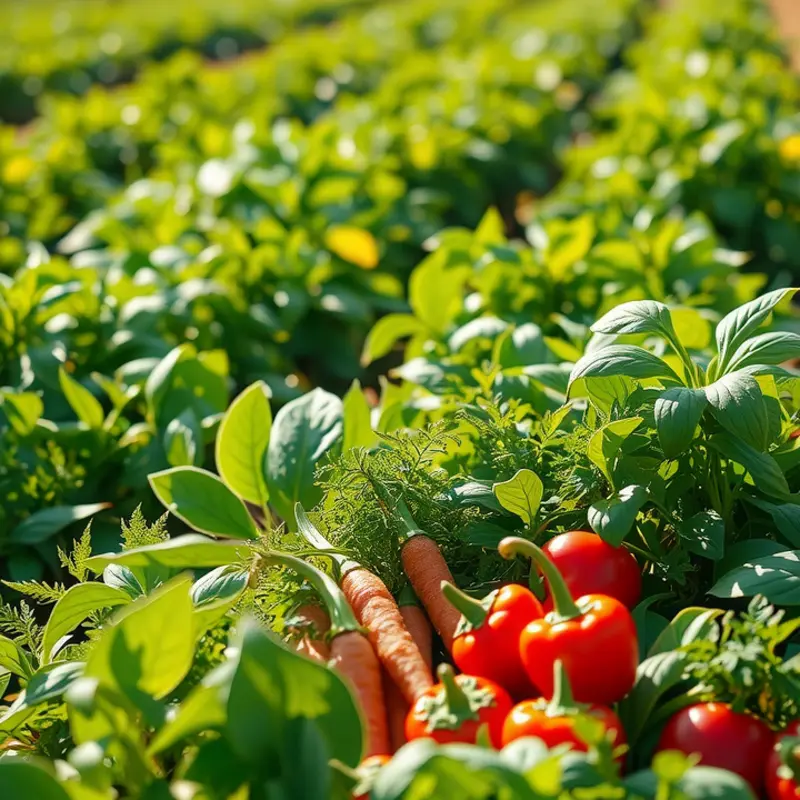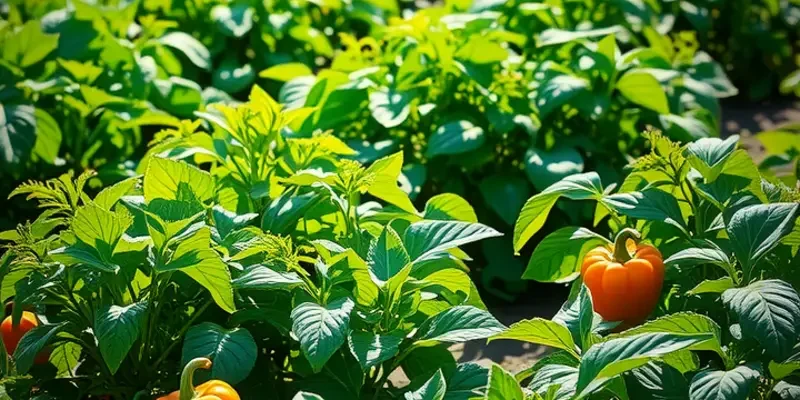Ethiopian cuisine invites you on a sensory journey, where flavors, colors, and communal dining converge in an extraordinary culinary experience. Rooted in ancient customs and vibrant cultural narratives, this traditional cuisine boasts unique ingredients and distinctive preparation methods that enrich both the palate and the spirit of hospitality. As we explore the bustling markets, the variety of dishes, and the significance of food in Ethiopian society, prepare to awaken your culinary curiosity and embrace a culture that celebrates shared meals and connections.
The Art of Communal Dining and Injera

In Ethiopia, meals are more than just eating; they are a deep social activity that strengthens bonds. At the heart of this practice is injera, a soft, spongy flatbread made from teff flour, known for its mild, tangy flavor. Injera serves as both the plate and utensil, emphasizing resourcefulness and environmental consideration. Each person breaks off a piece, uses it to scoop up a variety of colorful and aromatic dishes, and partakes in a shared experience.
Beyaynetu, a platter of diverse vegetables and pulses arranged on injera, showcases Ethiopia’s culinary wealth. Vibrant foods like gently spiced lentils, greens, and chickpeas allow each family member or guest to engage in a dynamic tasting adventure. This practice fosters a unique form of connection, as everyone eats from the same dish, literally sharing a common meal. The ritual reinforces relationships, highlighting cooperation over individualism.
Ethiopian dining extends beyond satisfying hunger; it’s a blend of flavors and cultures. Meals often encapsulate centuries-old traditions still alive in the modern world, a testament to the country’s rich heritage. Sharing food from the same platter instills a sense of unity and trust. Such practices are often linked to moments of celebration and joyous gatherings, further embedding the importance of community in daily life.
Injera, as a staple, is much more than just a food item. Its versatility reflects environmental mindfulness and culinary innovation, as leftover injera often gets transformed into a flavorful porridge called firfir. Such practices align smoothly with principles of low-waste cooking, an apt lesson in sustainable living that resonates globally. To learn more about practical low-waste culinary practices, you can explore safer storage of sauces.
Gathering around the injera-clad table is a delightful choreography of hands reaching, dipping, and tasting. Diners form an unspoken rhythm, reinforcing bonds with each scoop of food. This tradition also nurtures etiquette, especially among children, teaching essential skills like sharing and respect for others. The communal setting invites laughter and storytelling, creating fond memories that eclipse the limits of taste, reminding us of the joy in simplicity and togetherness.
In an Ethiopian household, every mealtime is a reminder of the generosity of the earth and the importance of sharing these gifts. With each meal, as diverse spices meld into a harmonious palate, families also intertwine their lives, experiences, and stories on a single expansive canvas of injera. Such patterns of communal dining sublimely convey Ethiopia’s intricate tapestry of cultural expressions and unwavering spirit of unity.
Spices and the Symphony of Flavors

Ethiopian cuisine is a vibrant medley of spices, offering a delicious reflection of the region’s agricultural wealth. At the heart of this symphony lie two essential spice blends: berbere and mitmita. These blends not only provide Ethiopian dishes with their characteristic heat and depth but also speak volumes about the country’s culinary story.
Berbere is arguably the cornerstone of Ethiopian cuisine. This bright red blend is a complex mixture of chili peppers, garlic, ginger, basil, coriander, cardamom, and other spices. Its pungent profile varies from household to household, with each family priding itself on its unique recipe. Berbere’s influence is most evident in dishes like doro wat, a rich and hearty chicken stew. The spice blend permeates the slow-cooked onions, creating layers of flavor that are both assertive and nuanced.
While berbere forms the foundation of many Ethiopian meals, mitmita offers a hotter, sharper contrast. This blend typically includes African bird’s eye chili, cardamom, cloves, and salt. Less intricate than berbere, mitmita brings a fiery and earthy kick to dishes like kitfo, a spiced, marinated beef tartare. The heat of mitmita complements the buttery meat, adding depth without masking its inherent flavors.
Beyond these two staples, Ethiopian cuisine boasts numerous other spices. Fenugreek, with its slightly bitter and nutty notes, is prevalent, as is nueg, a peppery seed also known as “Ethiopian cardamom.” Spices like turmeric and cumin frequently appear, adding warmth and richness. Together, these spices weave a complex tapestry that’s deeply rooted in Ethiopia’s agrarian traditions.
The interplay of these spices not only defines Ethiopian dishes but also highlights the benefits of flavor diversity. Berbere and mitmita exemplify the intricate balance of heat and aroma achieved through careful spice blending. For those interested in experimenting with new flavors, these blends can be explored further in the context of broader culinary influences, as discussed in this detailed guide.
The reliance on spice blends in Ethiopian cooking isn’t merely about flavor enhancement; it’s a testament to centuries of trade and cultural exchange. Spices once exotic became integral, as Ethiopia established itself as a historical crossroads of commerce. The culinary landscape remained profoundly influenced by these exchanges, much like others across the globe.
Thus, whether you are savoring the spicy heat of doro wat or delighting in the aromatic kitfo, you are partaking in a rich cultural tapestry. Ethiopian spices transform simple ingredients into an unforgettable experience, capturing the country’s diverse history and agricultural bounty in every bite.
Final words
Ethiopian culinary practices are a kaleidoscope of flavors, traditions, and communal experiences that encourage connection and sharing among loved ones. The emphasis on communal dining fosters strong bonds and transforms meals into joyful celebrations. Central to this are ingredients like injera and a variety of spices, which tell a story of Ethiopia’s rich agricultural heritage. Embracing this unique cuisine invites you not only to taste but to experience the warmth of Ethiopian hospitality, inspiring you to explore further into the world of global culinary traditions. As you delve into these flavors, remember that every meal tells a story and connects you to a culture that values togetherness through food.








